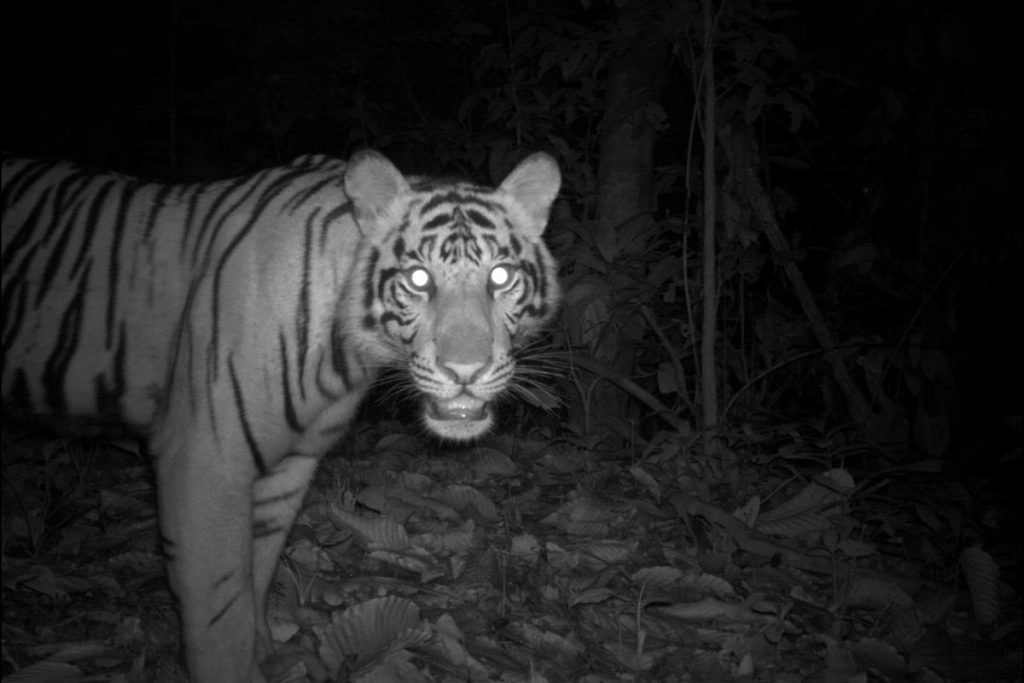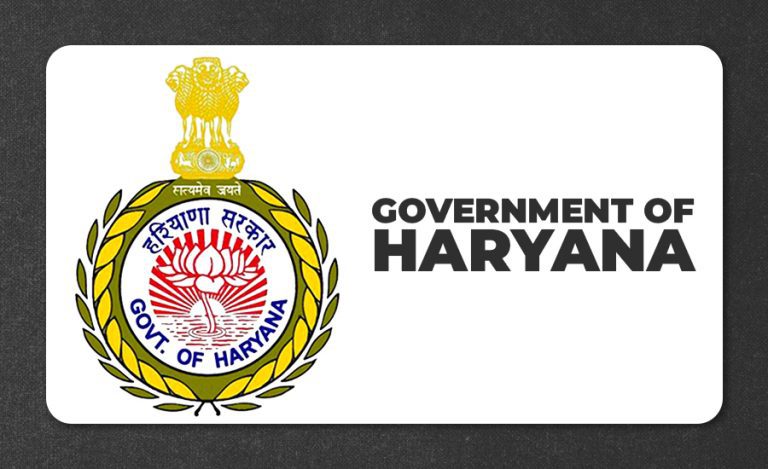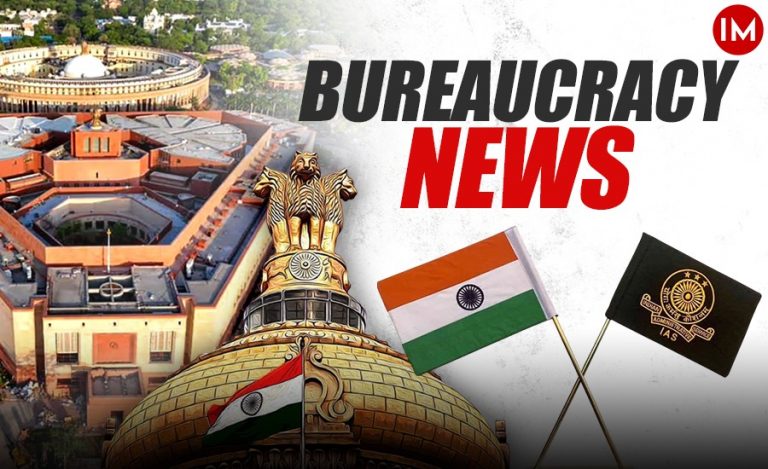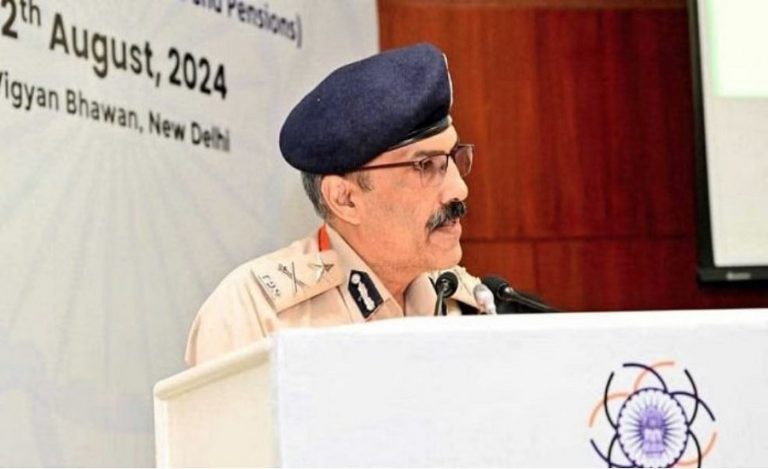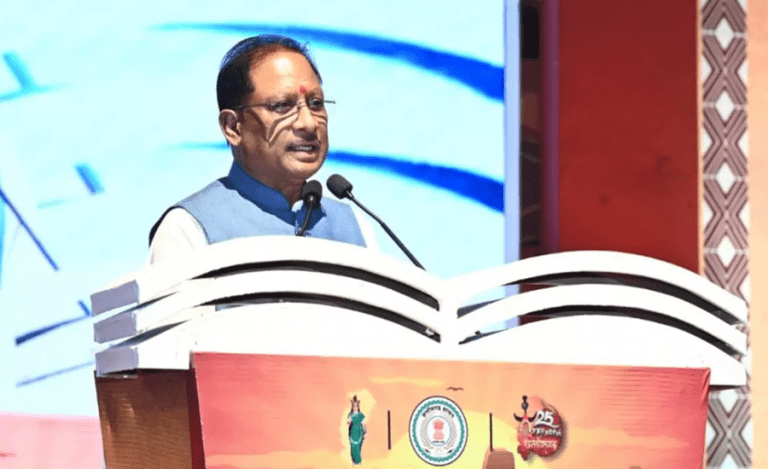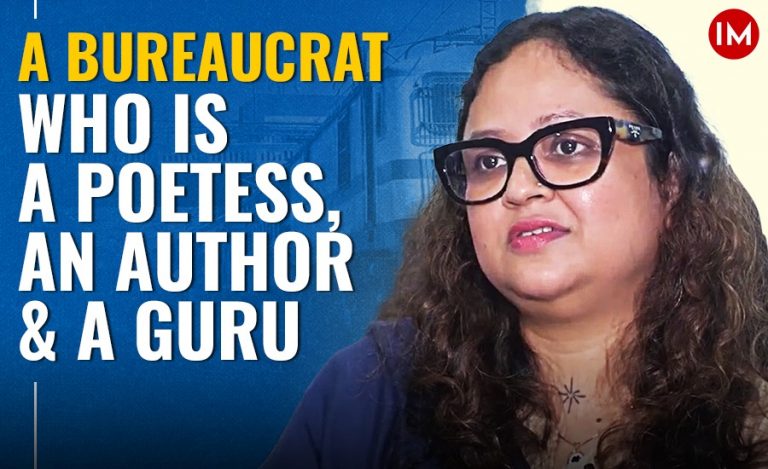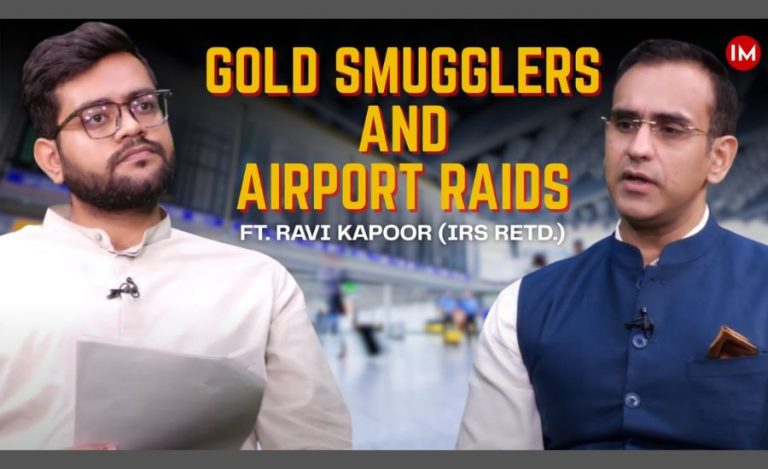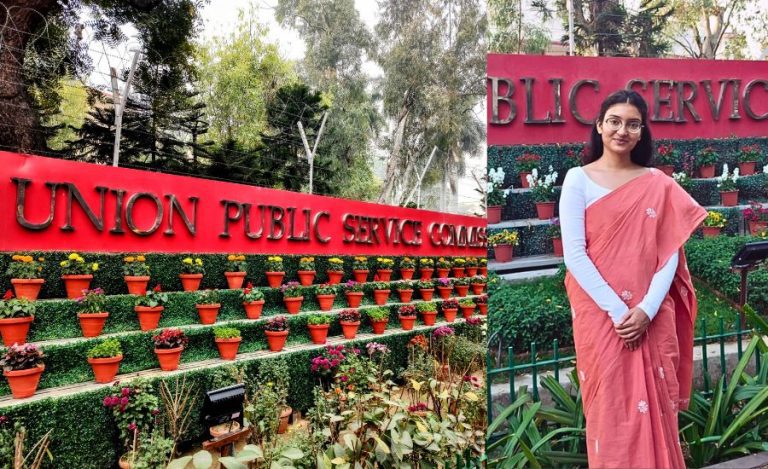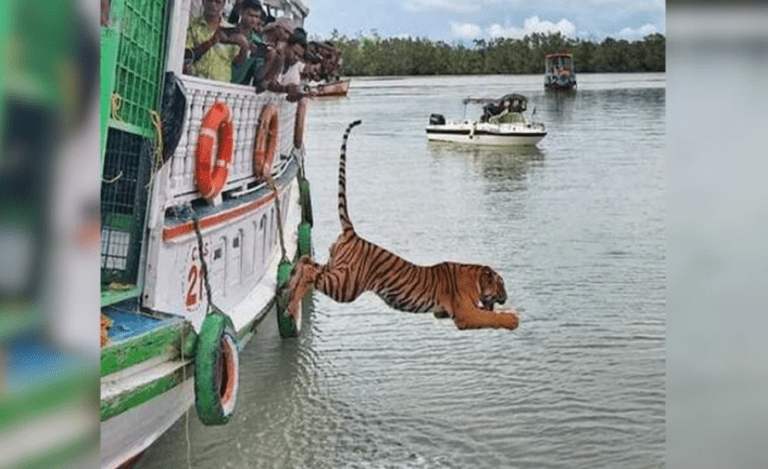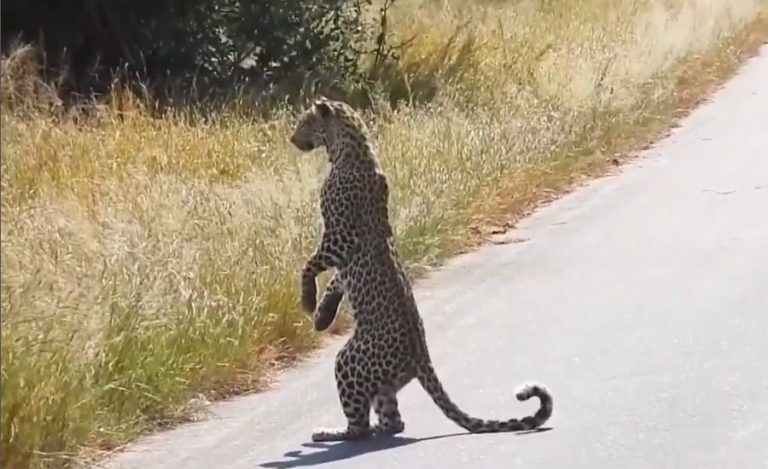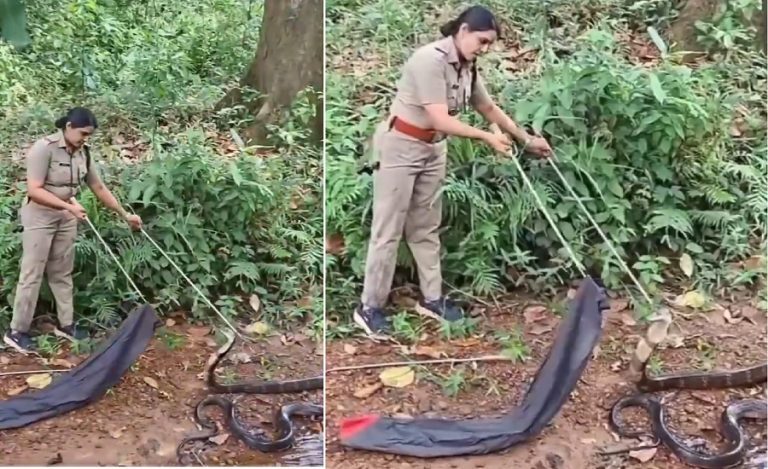Camera trapping is the method that comes to mind when discussing estimating wild animal densities or identifying specific animals from a population of a species that has body patterns unique to each individual (for example, tiger, leopard, hyena, snow leopard, clouded leopard, or other striped or spotted small cats).
Apart from being more reliable than others, it also has the advantage of being adopted across large expanses.
The National Tiger Conservation Authority (NTCA) used camera traps to examine an impressively large forest area of approximately 6,41,449 sqkm scattered over 20 Indian states in its 2022 All India Tiger Census.
Senior IFS officer SP Yadav, Member Secretary, NTCA, exclusively spoke to Indian Masterminds and explained more about the art of camera trapping when wildlife conservation is involved.
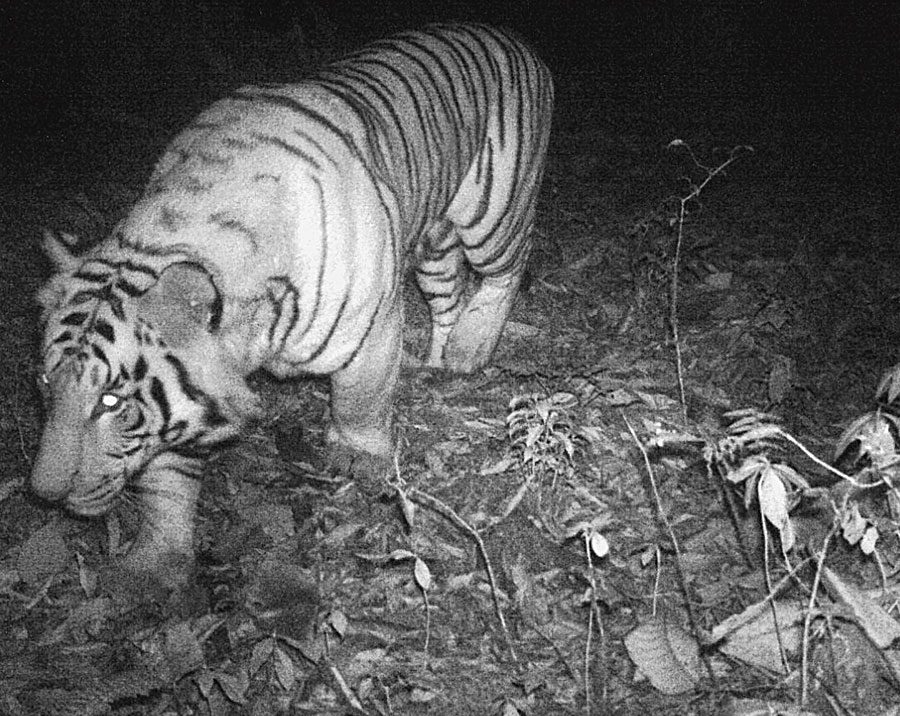
CAMERA TRAPS
An infrared beam (invisible to animals) is placed at a height of about 45 cm, and cameras are mounted on posts like tree trunks or wooden poles around 3.5 – 4 m on either side of a probable animal route.
As tigers, leopards, and hyenas mark their territories camera traps are strategically placed along these routes to maximise photo capture.
Scats, scratches, footprints, claw markings, and smell deposits are used to determine camera trap positions. When an animal breaks the infrared beam, the circuit activates the camera and takes a photo.
“As a part of the All-India Tiger Estimation, the entire potential tiger habitat is divided into 2 sqkm grids. A pair of camera traps, opposite to each other, are installed in each grid, based on carnivore sign survey and in this way, the photograph of tigers are recorded from both flanks,” shared the officer.
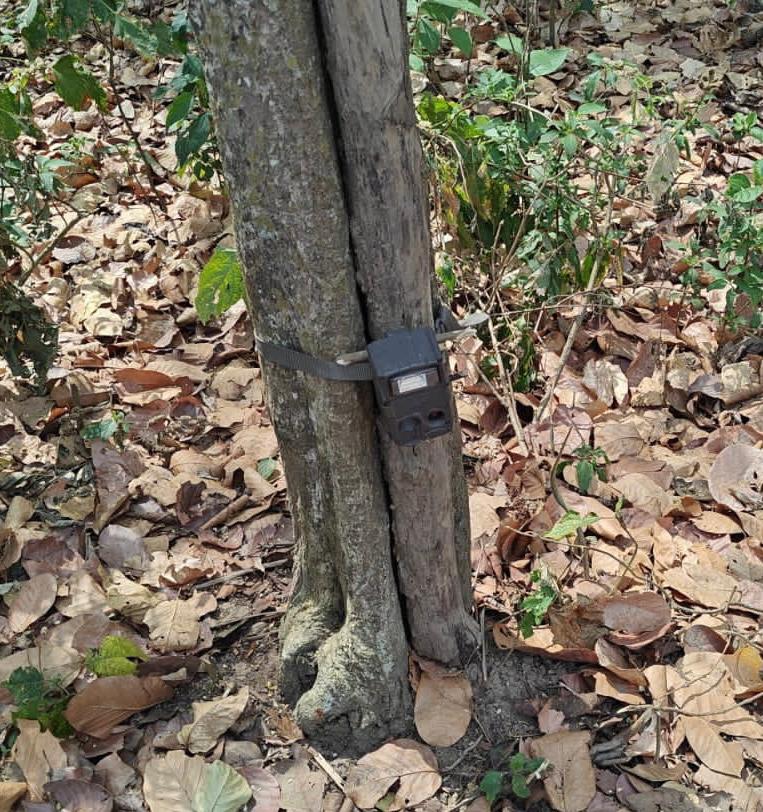
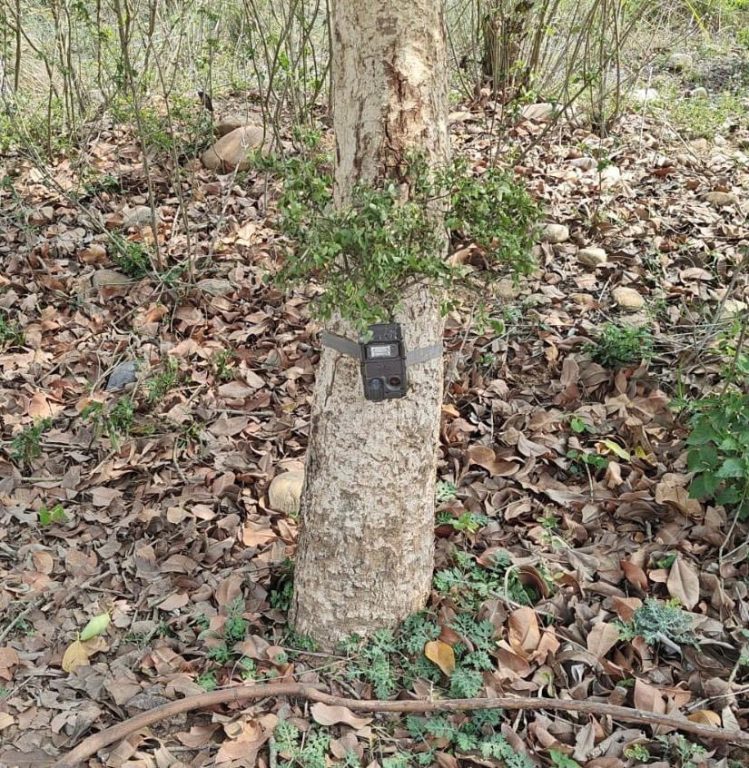
INSTALLATION PROCESS
Cameras are installed in the forest by trained Wildlife Biologists or Forest Guards. They move in groups so that their noises keep the predator at bay and prevent attacks. Direct encounters are uncommon.
“The group is also equipped with firearms and if the need be they scare away the tigers by firing in the air,” Mr. Yadav told Indian Masterminds.
RETRIEVING EVIDENCE
The camera traps have memory sticks that are recovered weekly, depending on their capacity. The collected images are transferred and saved to the desktop for further analysis. Advanced camera traps that enable real-time monitoring are also available, however, due to power consumption, such cameras are unsuitable for large-scale surveillance.
“There are other technologies available for monitoring animals on a real-time basis like e-Surveillance,” he stated.
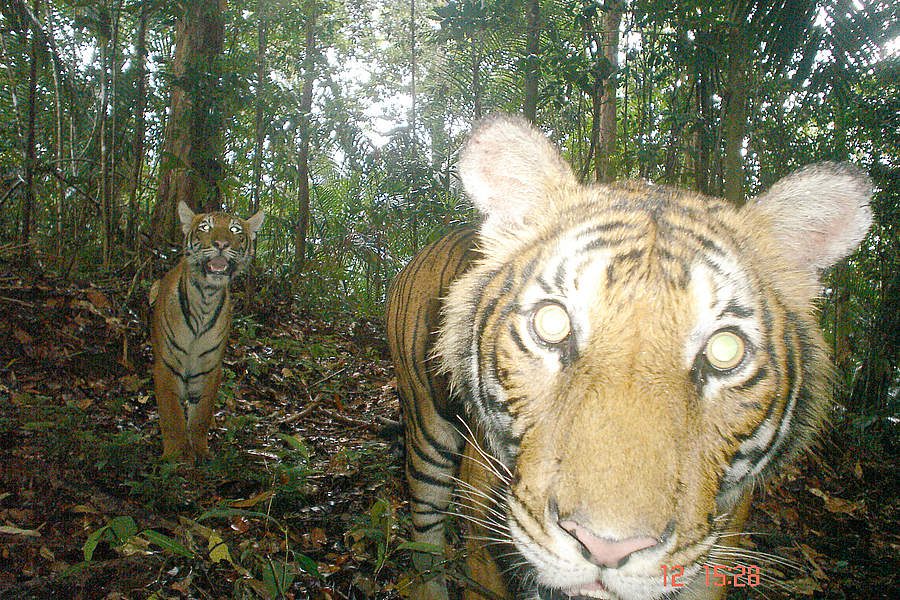
AVOIDING DUPLICATION
Because the pattern on both sides of the body changes, a system of two cameras, one on each side of the path, aids in distinguishing every individual. The date, time, and location of each photographic capture are recorded.
Animals are identified from images by analysing stripe or spot patterns. Shapes, unique individual stripes, and the placements of numerous such stripes on individuals are compared to indisputably identify them.
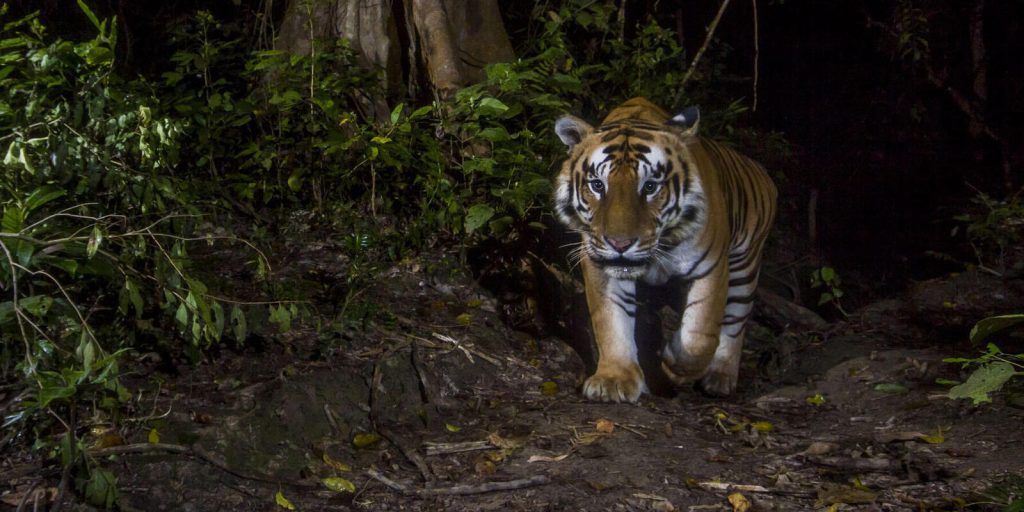
USING AI
NTCA employs artificial intelligence to separate tiger photographs.
“Like our fingerprints, the stripe patterns on tigers are permanent and do not change with age. They are unique. Based on AI and other softwares & visual observations/comparisons, a unique number of tigers are identified,” he told Indian Masterminds.
Furthermore, using statistical models, tiger numbers are extrapolated from sampled areas to similar habitats based on “mark, capture, and recapture” analyses and herbivore sign survey results. The technique takes habitat quality into account, Mr. Yadav explains.
The tiger counting methodology, which is based on two-fold sampling and the use of camera traps in statistical models, has been peer-reviewed and is worldwide acknowledged.
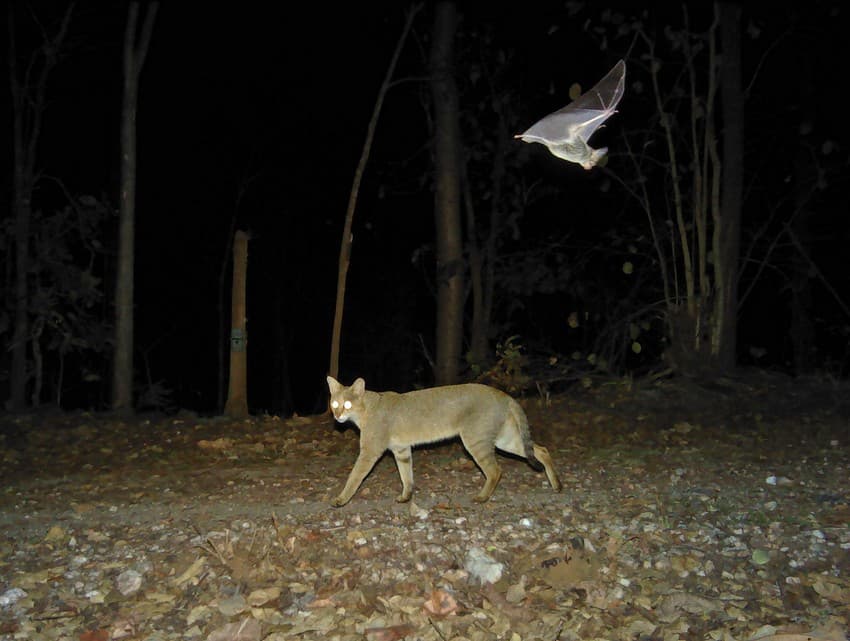
“Several softwares like Distance, Extract&Compare, AI etc. are used in the analysis,” he added.
Camera trapping operations almost always yield extremely valuable information regarding the presence and ecological function of other lesser-known, elusive species besides monitoring human activities such as poacher movement, firewood collection, and animal grazing. The Forest Department has made multiple arrests using this information.

